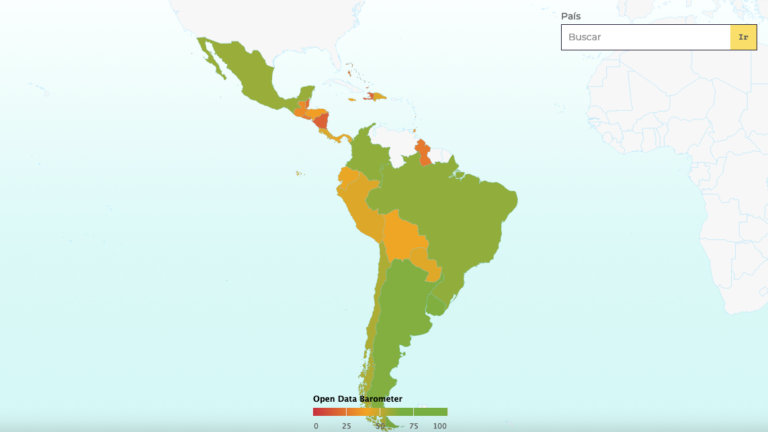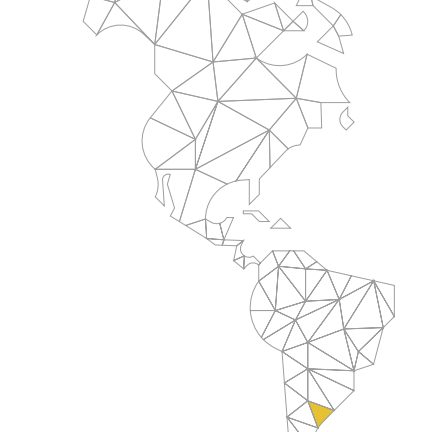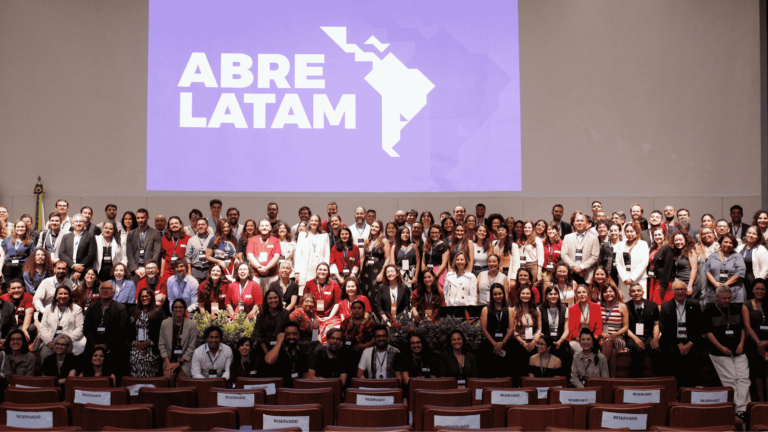Ana Joaquina Ruiz Guerra.

Public procurement is essential for national economies. According to the IDB (Inter American Development Bank), public procurement represents around 8.6% of total GDP for Latin America and the Caribbean, which is equivalent to an average of 30% of these countries’ expenditure and $450 billion in the acquisition of goods, services and capital equipment. In recent years, public procurement has been a topic of debate due to the opportunity it affords for corruption, but we have not recognized the importance of procurement as a tool for promoting the inclusion of groups that have traditionally been excluded from development.
For example, to understand whether, and to what degree, public procurement supports the objective of increasing participation by women, we must ask ourselves two questions. First, to whom are public purchases directed? Second, who are the people and companies that provide goods and services to the State? We focus here on the second question.
Promoting inclusion by having more women-owned businesses in the list of government suppliers has proven to be a useful scheme, particularly in the case of small and medium-sized enterprises, which, when owned or chiefly comprising women, are usually smaller and have a lower survival rate. However, we lack information about how many such suppliers exist in most countries.
Despite the implementation of the Open Contracting Data Standard (OCDS), in countries such as Colombia, Chile or Mexico, where there exist data disaggregated by sex, it is difficult to determine whether purchasing decision processes benefit women in terms of promoting inclusion for development. For example, in the case of Colombia, which presents the most complete data, we can determine the number of women bidders from whom purchases have been made, but we cannot determine the position a given woman bidder occupies in her company, or whether the company led by women. In such cases, therefore, we do not know whether the purchase actually advances the ultimate goal of including women in the list of suppliers, which is to promote the economic development of women.
One way to address this problem has been by including in supplier databases information that identifies woman-led companies, i.e., those at least 50% owned by women or those whose legal representative or general manager is female (if they are legal persons), as in Chile and in the City of Buenos Aires, Argentina. In Chile, including this information has increased the number of woman suppliers to the State because doing so also allows for targeted training and makes it possible to granting additional scores in the awarding give special consideration to woman-run companies when awarding contracts, such as giving preference to a woman-owned business in the event of a tie between two prospective suppliers.
The Dominican Republic has taken this practice further by generating a Catalog of Women Suppliers to the State, which has allowed them to train women about how the purchasing process operates, as well as to collect women’s opinions about how to improve inclusion in the purchasing process. This effort included bidding designs aimed at women and a lottery among those who meet sufficient requirements, which allows women to compete on equal terms. The numbers for the Dominican Republic, organized by sex, show that woman-owned enterprises supplying goods and services to the State increased from 2,000 to 15,000, since 2012, and accounted for 18% of the awards.
A second scheme that has been used is to promote inclusion in the general purchasing scheme. In Colombia, it has been recommended that the government use a socially responsible purchasing guide in order to include social considerations in contracting processes. The Municipality of Calí, for example, has a “Guide for Inclusion in Public Procurement: A gender approach.” These guidelines indicate that a clause can included in the contract that obliges the contractor to include a certain percentage of the vulnerable population, or women, among those who will benefit from the purchase. Information is lacking about how often these clauses have been used and about their impact.
In conclusion, public purchases can be used to promote the inclusion of women in development processes, but the framework for doing so remains incipient. Of the cases analyzed (Mexico, Colombia, Chile, Dominican Republic and the City of Buenos Aires), the Dominican Republic exhibits the best practices. This is due to the fact that in that country the purchasing process is conceived as one that encourages the inclusion of women, so the government tracks how public procurement contributes to women’s economic participation. Undoubtedly, the region can make further progress at collecting information that enables us to track how government purchasing improves people’s quality of life.

















